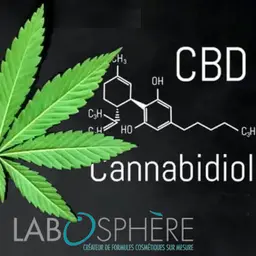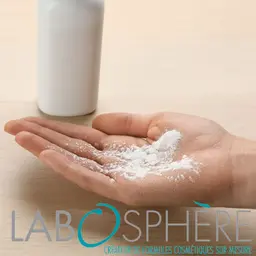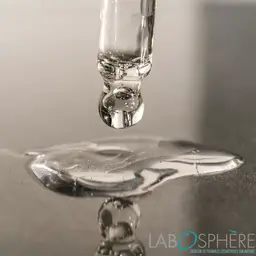
Progress in general, whether it is technical, scientific, or more specifically social, has made us get used to being offered advances, a few of which gradually became utopias, and over time, did not keep their promises or live up to the hopes they had raised. I tentatively discussed this issue in a previous mood note about scienceploitation.
The world of Biology seems to bear the same characteristics. And since it has followed the same rules, that of cosmetics is not unfamiliar with this type of phenomena either. That is how, for example, in the late ‘previous century’, a huge craze suddenly emerged for the idea of using melanin to replace UV-filters. This idea remained trendy for long, but it required much effort.
In a way, the use of organized liposomes and lipidic systems roughly followed the same logic. Rather than utopia, maybe we should talk about fashions. That is how we gradually went from stem cell-based youth proteins to genetics and globalization, and we could go on and on about this catalogue of ‘good ideas’, every new one downgrading the other.
It has to be said that what partly characterizes our trade are the sudden, brutal crazes for given themes. We have only just got out of pollution, or not quite, and there is already a new concept emerging, for which a few people have high hopes. I am obviously talking about the microbiota, or microbiome, depending on the experts’ standpoint. This term is suddenly in the spotlight, and a whole series of events are being organized on this issue.
Indeed, after the study day held in Paris in January on this theme, and resumed as part of the IFSCC in London, new days have been suggested,
Skin Microbiota
, plus the one managed by the
SFA
, in Paris in June. We should just be delighted, even if it is a little comical that on this very theme, no one listened to the good word a little over ten years ago! But let’s move on.
Is this a sign we should pay much attention to this issue – which I am tempted to believe? Or, on the contrary, will certain people jump on this bandwagon before we move on to something else? I fear so, as we can already see quite a few signs suggesting the second approach, for example in this article , and that one as well . It would be regrettable, but unfortunately, it is often the fate that awaits new concepts: remember the themes described above! The debate will go on with this particular one.
Apart from that, we should be careful not to burn all our vessels at the same time or go too little too fast. As an illustration, I would just like to take two recent examples which should make us be cautious and do things in the right order.
The first relates to a patent (US Patent App 20170119827), which was registered in the United States for a preparation intended for children’s skins, probably atopic dermatitis, and in which ‘good bacteria’ are much praised. Nothing new, here. But more specifically, these bacteria are genetically modified by CRISPR Cas9 !!! No need to introduce CRISPR-Cas9, this revolutionary molecular tool that can directly meddle with living organisms’ genetic code to modify it. This invention has received much media coverage for the hopes it raises in treating a number of genetic diseases, but also for the fears it triggers about the misplaced modification of the living. CRISPR-Cas9 is the object of a battle of patents and pre-eminence on a most promising market. Of course, we can discuss whether this type of preparation corresponds to a cosmetic product or a drug, but for now, it is usually presented as a cosmetic product.
The second can be found in a recent publication relayed in a Futura Sciences article. Researchers at the Columbia University Medical Center, Stephen Tsang and Lazlo T. Bito, have published the results of a survey they conducted on the use of CRISPR. Straight away, they endeavour to warn the scientific community : ‘we believe it is essential for the scientific community to consider the potential hazards of all the off-target mutations triggered by CRISPR-Cas9, including mutations of nucleotides and those in non-coding regions of the genome.’
Is it not a little too early to start rushing on general public applications, whereas we do not know much about the skin microbiome, the effect of common cosmetics on its composition, the effect of the modifications of this microbiome, and many other things still to be clarified? How are poor formulators and developers supposed to integrate this?
Unfortunately, that is the rule in our trade: we very regularly practice the ‘croissant technique’, which consists in consuming goods before the baker has even had time to pack it up!!!!!
Be it as it may, we should keep taking interest in this issue, because one thing is for sure, it will have significant implications.
Jean Claude Le Joliff














